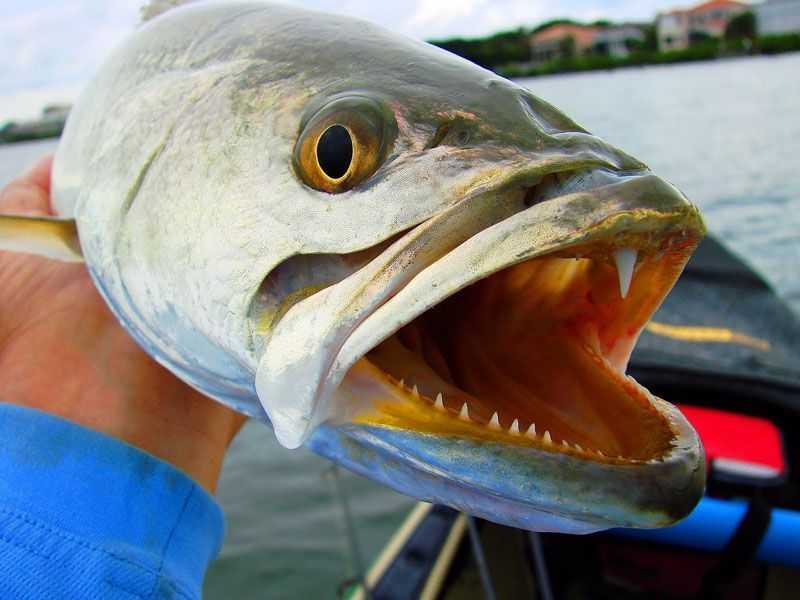By: Robert Wiggers
Weather, especially cold weather, can have a significant impact on our fisheries here in South Carolina, and few species are as vulnerable as spotted seatrout. It’s important for anglers to be aware of how environmental factors influence species abundance, and how they, as anglers, can sometimes offset the negative effects caused by natural events.
By many accounts, anglers have experienced an above average fall season for spotted seatrout in South Carolina’s estuaries. Monitoring of this species by SCDNR’s Marine Resources Division has also shown an increase in abundance over the last several years. But as another winter approaches, we keep our fingers crossed that Mother Nature will spare us from the extremely cold weather that can decimate our seatrout fishery.
Spotted seatrout are a sub-tropical species subject to “winter kills” when water temperatures fall below about 46 degrees. Since trout spend most of their lives in relatively shallow water, they usually adjust to steadily declining water temperatures by moving to deeper water. However, the combination of rapidly decreasing temperatures and the amount of time it remains below that critical level is what has the most profound effect on seatrout.
One of the most severe winter kills of spotted seatrout occurred in 2000. On Nov. 30 of that year, the water temperature in Charleston Harbor was around 60 degrees. Cold weather over the following ten days caused the water temperature to plummet to 47 degrees. For the next three weeks water temperatures remained below the critical level and even got as low as 42 degrees. Sampling conducted by the DNR that spring detected a 93 percent decrease in spotted seatrout abundance. It took almost five years for the stock to recover.
While not as severe as the 2000 event, back-to-back cold winters in 2010 and 2011 saw another decrease in spotted seatrout abundance. The following spring, using the slogan “Let ’Em Spawn, Let ’Em Live,” DNR initiated a campaign asking anglers to voluntarily release all spotted seatrout caught during the spawing season (May through September). Most saltwater recreational anglers in South Carolina complied, and began releasing spotted seatrout that they could have otherwise kept. Surprisingly, just over a year later, sampling efforts showed a gradual increase in abundance. The voluntary release of spotted seatrout by recreational anglers almost certainly contributed to a more rapid recovery of the stock.
Spotted seatrout rarely move from the estuaries where they were spawned. As a result, their abundance may also be affected by fishing mortality. Simply put, an increase in fishing pressure can cause a decrease in abundance. We have no control over the weather or how it affects our fisheries, but we can easily adjust our actions to become more conservative if and when the need may arise.
If this winter we experience a severe enough cold snap to again kill spotted seatrout, releasing more of your catch could help the population rebound in future years.
[easy-social-share]
